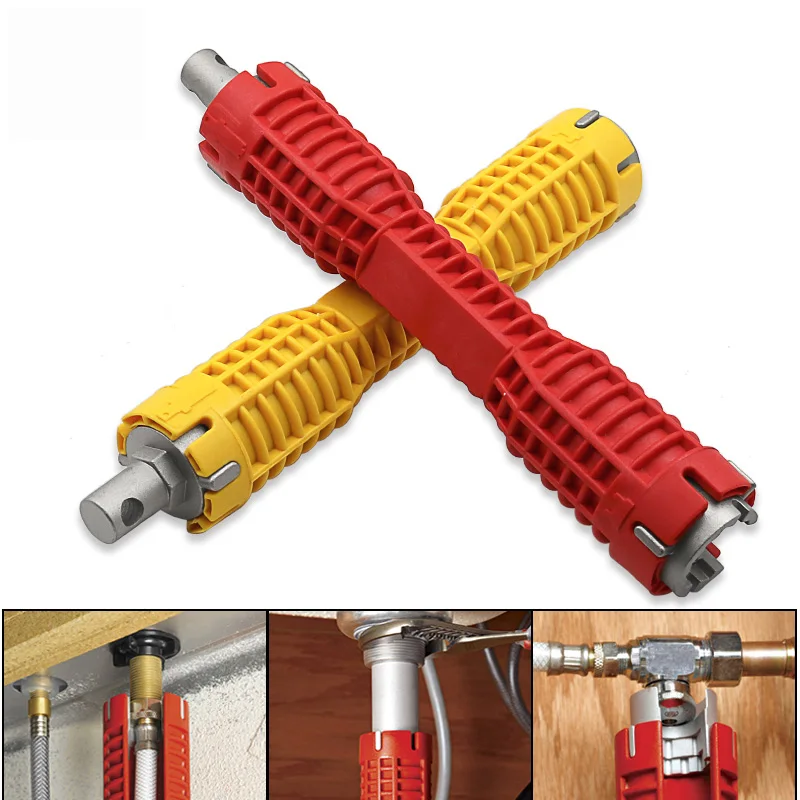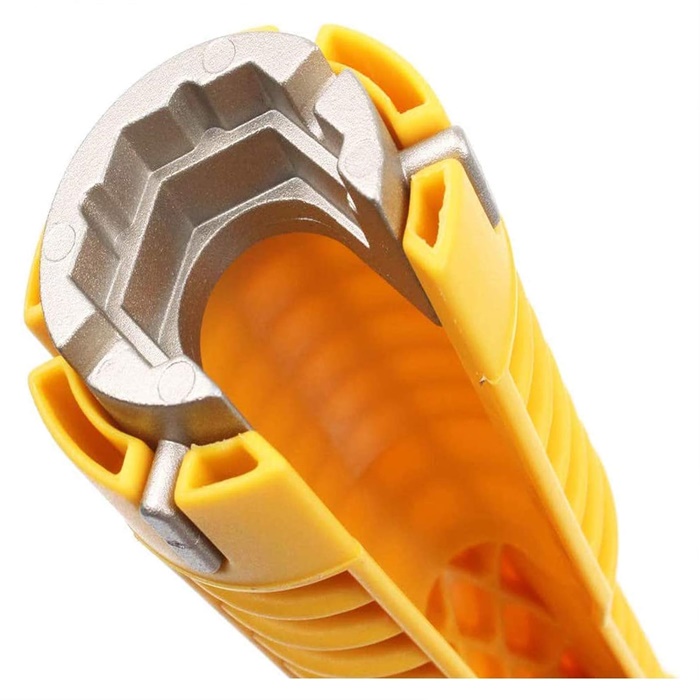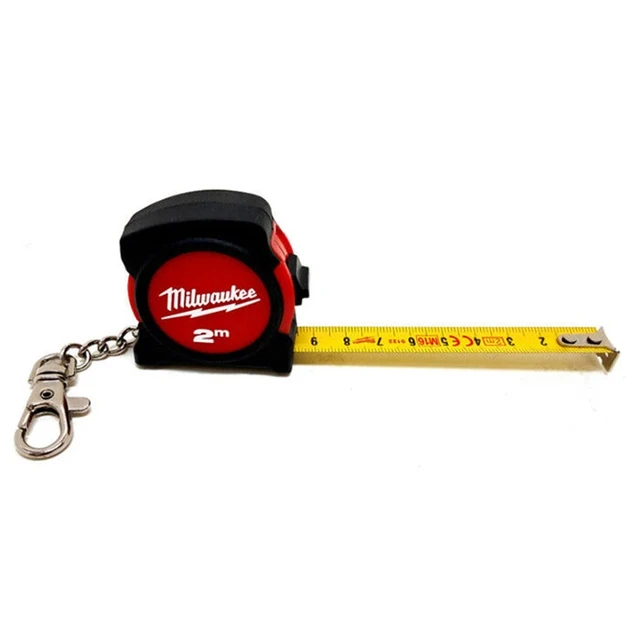
Faucet Wrench: Using Your Faucet Wrench for Perfect Plumbing
What is a Faucet Wrench?
A faucet wrench is a specialized plumbing tool. It is designed to help loosen or tighten nuts and bolts on faucets. Its unique shape and size make it perfect for working in tight spaces. Most faucet wrenches feature a pivoting design, which allows for easy maneuvering under sinks.
This tool is useful for both professional plumbers and DIY enthusiasts. It helps ensure that faucet installations and repairs are done efficiently. A faucet wrench comes in various types, each catering to different plumbing needs. It simplifies tasks that would otherwise be very challenging with standard tools.
Understanding the purpose of a faucet wrench is crucial before selecting one. It can save time and reduce frustration during plumbing projects.
 Types of Faucet Wrenches
Types of Faucet Wrenches
Understanding different types of faucet wrenches is essential for choosing the right one. Each type serves specific plumbing tasks effectively. Below are the common types you can explore:
Basin Wrench
A basin wrench is long and thin, with a rotating jaw at the head. It is great for reaching tight spaces under sinks. This wrench works well for loosening and tightening faucet mounting nuts.
Adjustable Faucet Wrench
An adjustable faucet wrench can be resized to fit various nuts and bolts. This tool adds versatility to your plumbing toolbox. It is suitable for working on diverse faucet styles and sizes.
Socket Wrench
Socket wrenches come with interchangeable sockets. They are ideal for faucets with specific nut sizes. Their ergonomic handles make them easy to use.
Strap Wrench
A strap wrench uses a rubber strap to grip faucet surfaces. It is excellent for delicate finishes. This tool avoids scratches while loosening or tightening parts.
T-Handle Faucet Wrench
T-handle wrenches are simple and durable. The design offers a solid grip and strong torque. This type is perfect for straightforward faucet adjustments.
Choosing the right faucet wrench depends on your plumbing needs and faucet type. Knowing their features ensures efficiency during repairs or installations.
How to Choose the Right Faucet Wrench for Your Needs
Selecting the right faucet wrench is key to smooth and efficient plumbing work. Consider these factors to make the best choice:
1. Understand Your Faucet Type
Identify the type of faucet you are working on. Some faucets require specific wrenches like basin wrenches or strap wrenches. Knowing the faucet type ensures compatibility with the tool.
2. Evaluate Accessibility
Assess the space around the faucet. Tight spaces need tools like a basin wrench or T-handle faucet wrench. These tools are designed for hard-to-reach areas.
3. Determine the Size of Nuts or Bolts
Measure the nuts or bolts you need to loosen or tighten. Adjustable faucet wrenches or socket wrenches are versatile options for various sizes.
4. Consider Material Sensitivity
If your faucet has a delicate finish, use tools that avoid scratches. A strap wrench is ideal for protecting surfaces.
5. Factor in Torque Requirements
For tasks needing strong torque, choose a T-handle wrench. It offers a powerful grip for efficient adjustments.
6. Opt for Versatility
If you handle diverse plumbing tasks, an adjustable faucet wrench or socket wrench is a good investment. These tools adapt to different faucet styles and sizes.
7. Budget and Durability
Choose a tool that balances affordability and durability. A high-quality faucet wrench lasts longer and withstands tougher jobs.
By considering these factors, you can select the perfect faucet wrench. This helps simplify repairs and installations, saving time and effort.
 Common Applications
Common Applications
Faucet wrenches are essential tools for various plumbing tasks. They simplify jobs that can be tricky. Below are some common applications of faucet wrenches:
- Installing Faucets: Faucet wrenches make it easy to tighten mounting nuts during faucet installation.
- Repairing Leaks: Use them to loosen fittings and bolts when repairing a leaking faucet.
- Replacing Old Faucets: Remove outdated faucets efficiently by accessing tight spaces with specialized wrenches.
- Adjusting Faucet Nuts: Tighten or loosen faucet nuts without damaging the surface beneath.
- Working in Tight Spaces: Their design aids in reaching secluded areas under sinks and behind fixtures.
- Handling Sensitive Surfaces: Strap wrenches protect delicate finishes while you fix faucets.
These applications show why faucet wrenches are vital in plumbing tasks. Their flexibility saves time and effort in repairs and installations.
Step-by-Step Guide
Using a faucet wrench correctly ensures successful plumbing tasks. Follow these steps for effective use:
1. Gather Your Tools
Start by collecting all necessary tools, including the faucet wrench and any additional items. Verify you have the correct type of wrench for your task.
2. Turn Off the Water Supply
Always shut off the water supply before you begin. Locate the valves under the sink and turn them clockwise to close.
3. Position the Faucet Wrench
Hold the faucet wrench and align it with the nut or bolt you need to adjust. Make sure the wrench matches the size and shape of the fittings.
4. Secure the Wrench
Clamp the wrench securely onto the nut or bolt. For basin wrenches, ensure the jaw grips the sides firmly.
5. Apply Torque
Turn the wrench counterclockwise to loosen or clockwise to tighten. Apply steady pressure without forcing, to avoid damage.
6. Maintain Proper Angle
Keep the wrench at the correct angle, especially in tight spaces. Use the pivoting feature if the wrench has one.
7. Check for Tightness
After making adjustments, check if the nut or bolt is secure. Tighten carefully, ensuring no over-tightening, which could cause damage.
8. Test the Faucet
Turn the water supply back on. Check the faucet for leaks. Make any additional adjustments if needed.
These steps help you use a faucet wrench effectively for installations and repairs. With the right technique, you can simplify plumbing tasks and ensure your faucet functions properly.
 Maintenance Tips
Maintenance Tips
Proper maintenance of your faucet wrench keeps it in good working condition. Follow these simple tips:
1. Clean After Each Use
Wipe the wrench with a clean cloth after every use. Remove dirt, grease, and water to prevent rust.
2. Apply Lubrication
Use a light machine oil to lubricate moving parts regularly. This ensures smooth operation and extends the wrench’s life.
3. Store in a Dry Place
Always store your faucet wrench in a dry environment. Avoid exposure to moisture to reduce corrosion risk.
4. Inspect for Damage
Check your wrench for cracks, loosened joints, or wear periodically. Replace worn-out parts to avoid performance issues.
5. Avoid Over-Tightening
Do not apply excessive force during use. Over-tightening can damage the tool and shorten its lifespan.
6. Keep It Organized
Store the wrench in a designated toolbox or organizer. This prevents misplacement and keeps it ready for use.
7. Use Proper Cleaning Agents
For tough stains or debris, use mild soap and water. Avoid harsh chemicals that might degrade the tool.
By following these maintenance practices, your faucet wrench will remain reliable. It will last longer and perform efficiently over time.
Troubleshooting Common Issues
Faucet wrenches are handy tools, but issues can arise during their use. Knowing how to troubleshoot common problems ensures smoother plumbing tasks and extends the tool’s lifespan. Below are several issues and their solutions:
1. Wrench Slipping Off Nuts or Bolts
- Cause: Incorrect alignment or worn-out jaw grip.
- Solution: Reposition the wrench for better alignment. Replace worn grips if necessary.
2. Difficulty Accessing Tight Spaces
- Cause: Wrong wrench type or improper wrench angle.
- Solution: Use a basin wrench with a pivoting head. Adjust the angle carefully.
3. Over-Tightening Nuts
- Cause: Applying excessive force during adjustments.
- Solution: Use steady, moderate pressure. Stop immediately after securing the nut.
4. Wrench Not Matching Bolt Size
- Cause: Incorrect wrench selection for the job.
- Solution: Use adjustable or socket wrenches for varied nut sizes.
5. Rusted or Stuck Nuts
- Cause: Corrosion or debris buildup.
- Solution: Apply a penetrating lubricant. Wait, then loosen the nut with the wrench.
6. Wrench Handle Breaking Under Pressure
- Cause: Excess force applied to low-quality tools.
- Solution: Invest in durable, high-quality faucet wrenches.
7. Scratching Delicate Faucet Surfaces
- Cause: Using the wrong wrench type, like metal wrenches on sensitive finishes.
- Solution: Opt for a strap wrench to protect surfaces.
8. Stiff Movement of Pivoting Jaws
- Cause: Lack of lubrication or dirt buildup.
- Solution: Clean the wrench and lubricate moving parts regularly.
9. Wrench Not Gripping Securely
- Cause: Incorrect size adjustment or damaged gripping mechanism.
- Solution: Check the grip and ensure proper size adjustment.
By understanding these common issues, troubleshooting becomes faster and easier. A well-maintained faucet wrench ensures efficient and hassle-free plumbing tasks.
 Top Recommendations
Top Recommendations
Choosing the best faucet wrench simplifies plumbing tasks and enhances efficiency. Here are top recommendations:
1. RIDGID 31175 Faucet and Sink Installer Tool
- Features: Lightweight design and multi-purpose functionality.
- Why Choose It: Ideal for hose bibs, shower heads, and faucet installations.
2. Superior Tool Basin Wrench
- Features: Pivoting head for accessing tight spaces.
- Why Choose It: Perfect for under-sink repairs and installations.
3. IRWIN Tools VISE-GRIP Adjustable Wrench
- Features: Adjustable jaws for various nut sizes.
- Why Choose It: Great for versatility in plumbing jobs.
4. Titan Strap Wrench
- Features: Rubber strap to protect delicate surfaces.
- Why Choose It: Safeguards faucets with sensitive finishes during adjustments.
5. General Tools T-Handle Faucet Wrench
- Features: Simple yet durable design with excellent torque.
- Why Choose It: Ideal for tightening firmly secured faucet nuts.
Investing in high-quality faucet wrenches ensures durability and smooth plumbing work. Select based on your needs.
Advanced Tips for Using
Leveraging Proper Technique
Using the correct technique can enhance the effectiveness of your faucet wrench and reduce the effort required. Apply pressure directly in line with the wrench’s handle to maximize leverage and control. Additionally, use smooth, continuous motions rather than jerky or abrupt movements to maintain a steady grip on the fixture.
Utilizing Additional Tools
In some cases, combining a faucet wrench with other tools can improve your results. For example, using an adjustable wrench to stabilize a pipe while using a faucet wrench to loosen a fixture can provide better control and reduce the risk of slippage. Consider using pliers or a pipe wrench in conjunction with your faucet wrench for more complex plumbing tasks.
Applying Penetrating Oil
For stubborn or corroded fixtures, applying penetrating oil can make loosening easier and prevent damage to the wrench. Let the oil sit for several minutes to penetrate the threads before attempting to turn the fixture. This can significantly reduce the effort required and minimize the risk of stripping or breaking components.
Using Proper Lighting
Adequate lighting is crucial for ensuring precision and avoiding mistakes when using a faucet wrench. Good visibility allows you to clearly see the fixture and align the wrench correctly. Use a flashlight or install additional lighting in your workspace to improve visibility and enhance your ability to work accurately.
Maintaining Consistent Pressure
Maintaining consistent pressure while using a faucet wrench helps prevent slipping and ensures a secure fit on the fixture. Apply gradual and steady force, adjusting as needed to maintain a firm grip without overextending your reach. This approach maximizes control and enhances the overall effectiveness of the wrench.
Frequently Asked Questions
What is the best material for a faucet wrench?
The best faucet wrenches are typically made from high-quality metals such as chrome vanadium steel or stainless steel. These materials offer excellent durability, resistance to rust and corrosion, and longevity, making them ideal for frequent use in plumbing tasks.
Can I use a general-purpose wrench instead of a faucet wrench?
While a general-purpose wrench can be used in a pinch, it may not provide the same level of precision and control as a faucet wrench. Using the appropriate tool ensures better results and reduces the risk of damaging fixtures or the wrench itself. For regular plumbing tasks, investing in a dedicated faucet wrench is recommended.
How do I prevent my faucet wrench from slipping?
To prevent slipping, ensure that the wrench’s jaws fit snugly around the fixture before applying force. Adjust the wrench as needed to maintain a tight grip, and use a wrench with a non-slip handle to enhance control. Additionally, applying steady and consistent pressure can help keep the wrench in place during use.
How often should I lubricate my faucet wrench?
Lubricate your faucet wrench regularly, especially after each use or if you notice any stiffness in the moving parts. Regular lubrication helps maintain smooth operation, prevents rust and corrosion, and extends the tool’s lifespan.
What should I do if my faucet wrench is damaged?
If your faucet wrench shows signs of damage such as bent jaws, cracks in the handle, or loose components, it’s important to replace or repair it immediately. Using a damaged wrench can lead to ineffective performance and potential safety hazards. Consult the manufacturer’s guidelines for repair options or consider purchasing a new wrench if the damage is severe.
 Conclusion
Conclusion
In summary, a faucet wrench is an essential tool for anyone involved in plumbing tasks, from simple faucet repairs to complex installations. By understanding the different types of fountain wrenches, selecting the right one for your needs, and following proper usage and maintenance practices, you can ensure that your plumbing projects are efficient, effective, and hassle-free. Whether you’re a seasoned plumber or a DIY enthusiast, investing in a high-quality faucet wrench and mastering its use will empower you to tackle a wide range of plumbing challenges with confidence and precision. Embrace the advantages of having the right tool at your disposal, and enhance your ability to manage and maintain your home’s plumbing system successfully.

